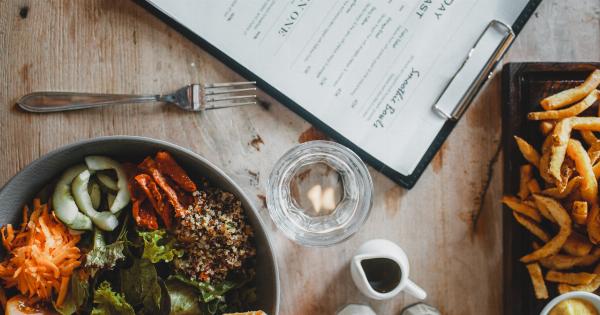When it comes to food, France is known for its rich culinary traditions, sophisticated palates, and love for all things culinary. However, behind the food-loving image of France stands a set of eating habits that might seem strange to outsiders.
From small portion sizes to the way they approach meals, here are some French eating habits that will shock you.
1. Small Portions
One of the most significant differences between French and American eating habits is the portion sizes. In France, meals are typically served in smaller portions, and the focus is on quality over quantity.
Restaurants typically serve multi-course meals instead of massive entrees, and each of these courses is meant to be savored and enjoyed.
2. Slow Eating
French people are known for their slow approach to eating. They take their time to enjoy their food, savoring each bite, and enjoying the company at the table.
Meals are seen as a social event and a time for relaxation rather than a mere opportunity to refuel. This approach to eating has been associated with a lower risk of obesity and other health issues.
3. Charcuterie
Charcuterie is a French tradition of preparing preserved meats, including ham, bacon, and sausages. This type of meat preparation is very different from the industrial processes that shape meat production in many other countries.
Charcuterie is made from high-quality meat cuts and is preserved using a combination of salt, smoke, and fermentation, giving it a unique taste and texture.
4. Love for Fresh Produce
The French are known for their love of fresh produce, and they shop for groceries every few days to ensure their meals are as fresh and tasty as possible.
The French also prefer to buy produce from local markets and specialty stores rather than big supermarkets. This approach to food shopping ensures the produce is seasonal and grown locally, and it also supports small, local businesses.
5. Cheese Course
One of the most iconic French eating habits is the cheese course, which is served at the end of a meal and typically features several different varieties of cheese.
This course is usually accompanied by a glass of wine, and it is a beloved tradition in French gastronomy. Cheese is considered an essential part of the French diet and is enjoyed in various forms and with many different types of meals.
6. Bread with Every Meal
When it comes to bread, the French love it and have it with every meal. Whether it’s a simple baguette or a hearty whole-grain loaf, bread is a staple of the French diet.
It is typically eaten to mop up sauces or to enjoy with a slice of cheese after a meal, and it is often served as an accompaniment to soups and salads.
7. The “Apero” Tradition
“Apero” is a French term for an aperitif, which is usually a pre-dinner drink meant to whet the appetite. The apero is typically served with light snacks such as olives, nuts, or small slices of charcuterie.
The apero is an important part of French social culture and is seen as a way to bring people together and set the tone for the rest of the meal.
8. Coffee Culture
France has a love for coffee that has influenced the rest of the world. French coffee culture centers around small strong espresso shots that are sipped slowly while socializing in coffee shops and cafes.
This is in contrast to the to-go cups of coffee commonly seen in other countries, which are meant to be carried and consumed quickly on the go.
9. No Snacking
One of the most shocking French eating habits is the lack of snacking. In France, meals are typically eaten at set times, and there are usually no snacks in between.
This approach to eating has been associated with better digestion, fewer cravings, and more mindful eating in general.
10. Dessert Tradition
The French are known for their love of dessert and have a rich tradition of pastry-making. From delicate macarons to buttery croissants, the French know how to indulge in sweets.
Desserts are typically served after dinner and accompanied by coffee, tea, or even a glass of sweet wine.
Conclusion
French eating habits may seem different from what many consider to be standard eating patterns, but they are essential to the French way of life.
The focus is on enjoying food and taking time to savor every bite, while also maintaining a healthy relationship with food. From fresh produce to slow eating and the cheese course, every element of French eating habits plays a crucial role in the culture and gastronomy of the country.






























